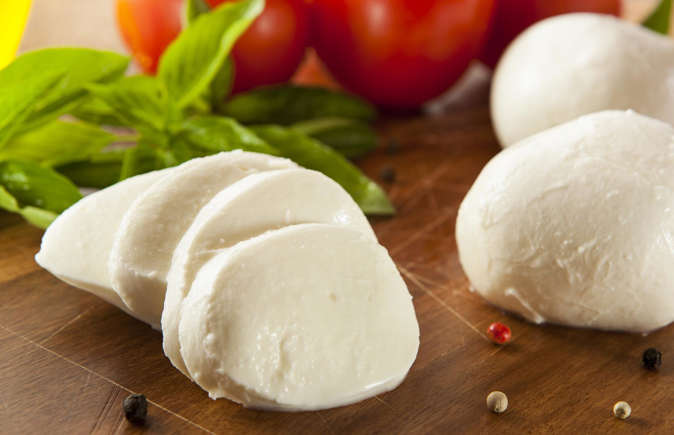We’re often warned about the dangers of heavily processed foods such as white bread, salty snacks, and chocolate. While eating too much of these foods has been linked with heart disease and obesity, it’s ok to include some treats in an overall balanced diet. In fact, our favorite foods can actually have some health benefits.
Click or scroll through to see the surprising foods that can actually be rather good for you…
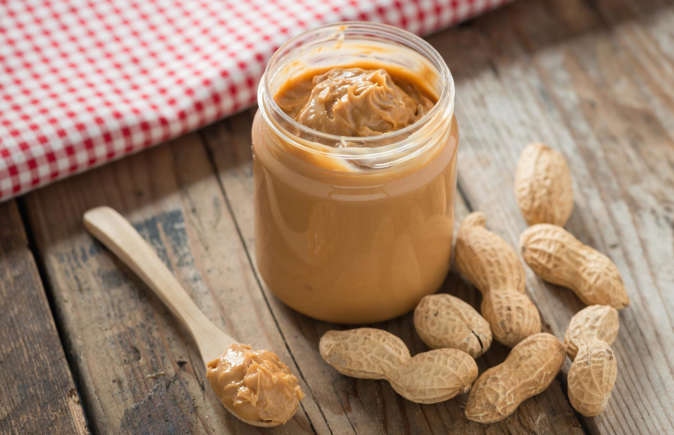
No good or bad foods, only good and bad diets
“It’s a well-worn mantra but still a true one,” says registered dietitian Priya Tew. “Clean eating, keto and other restrictive diets that demonize food groups can contribute to a skewed relationship with food or even actual eating disorders.” Here are 19 commonly blacklisted foods that can be good for you. We used official food composition tables for nutritional values.
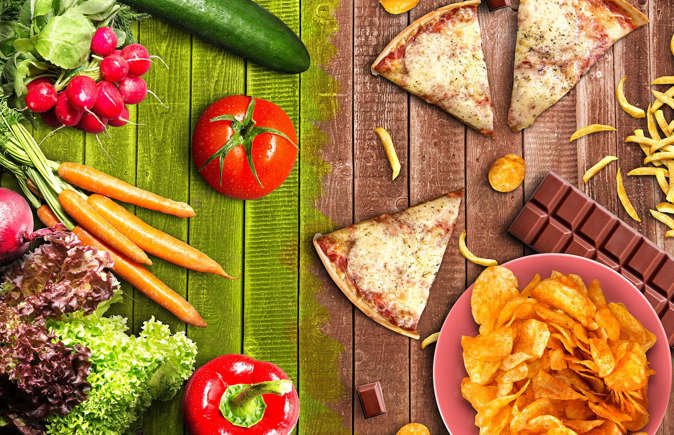
Dark chocolate
The more cocoa that chocolate contains, the lower it is in sugar and the higher it is in polyphenol antioxidants that have been shown to reduce blood pressure. Very dark chocolate also has a surprising amount of fiber that helps to boost gut health – for example, 50g (five large or 10 small squares) of Green and Black’s 85% cocoa chocolate (available at Walmart) supplies 6g fiber, which is equivalent to 1½ small bowls of bran flakes.
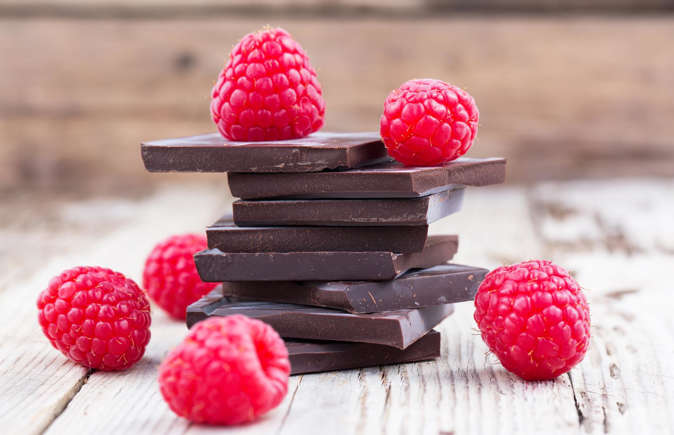
Craving milk chocolate?©AlenKadr/Shutterstock
Sure, milk chocolate has fewer antioxidants and a higher sugar content than the dark type. But it is not all bad: 50g milk chocolate has as much bone-building calcium as a 175ml glass of milk while still having more fiber than a small apple.
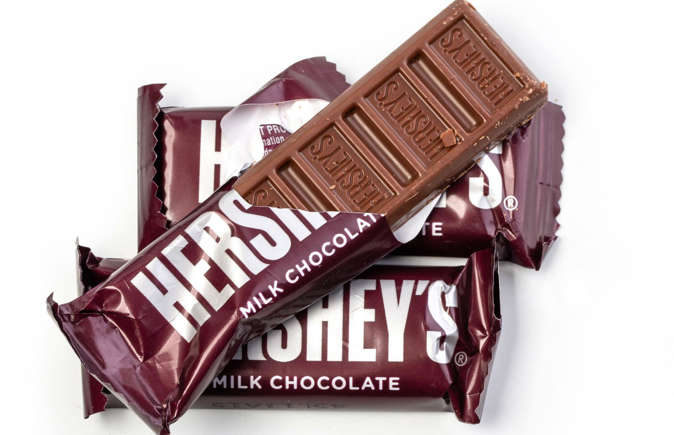
White bread
A healthy wholemeal loaf has 2.8g fiber per slice, but that doesn’t make white bread – with 1g of fiber per slice – bad for you. In fact, two slices of white supply around 17% of the daily requirement of calcium (about the same as in a couple of generous tablespoons of Greek yogurt). That’s because white flour is, by law, fortified with a range of vitamins and minerals.
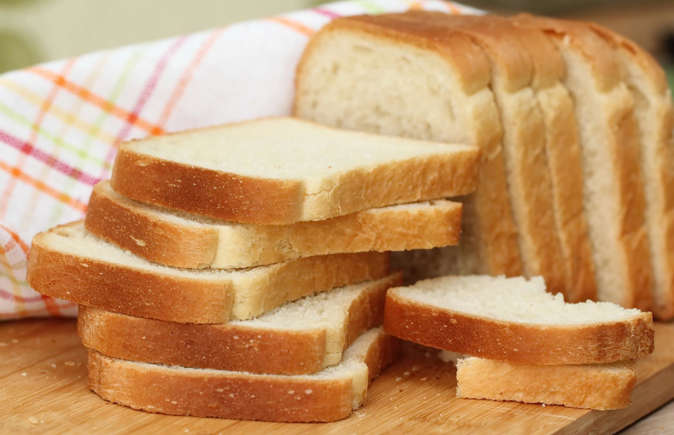
Bread and your blood sugar
White bread has the reputation of rapidly increasing blood sugar and insulin (in turn increasing Type 2 diabetes risk). Bread made with whole grain flour supposedly does not raise blood sugar as much, but it’s not as clear cut as that. A study found that in some people standard white bread actually caused less of a sugar rush than whole-grain sourdough. The way your blood glucose levels react could be down to the types of gut bacteria you have.
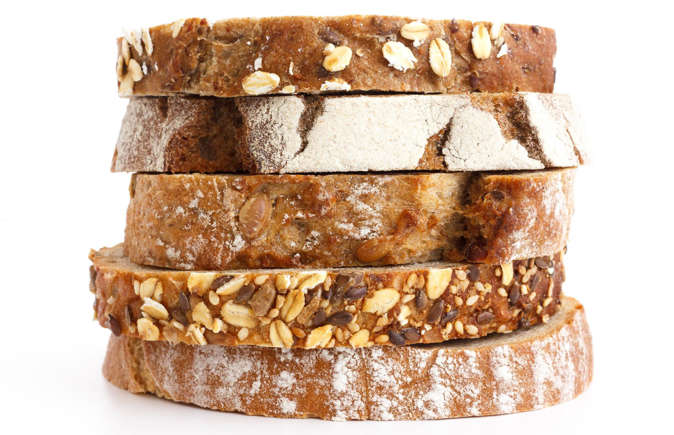
Red wine
As well as containing polyphenols linked with a healthier, more diverse gut bacteria population, a 175ml glass of red wine – approximately 2 alcohol units – provides 1.6mg iron, which is just over 10% of the daily recommended intake of this anemia-protective nutrient.
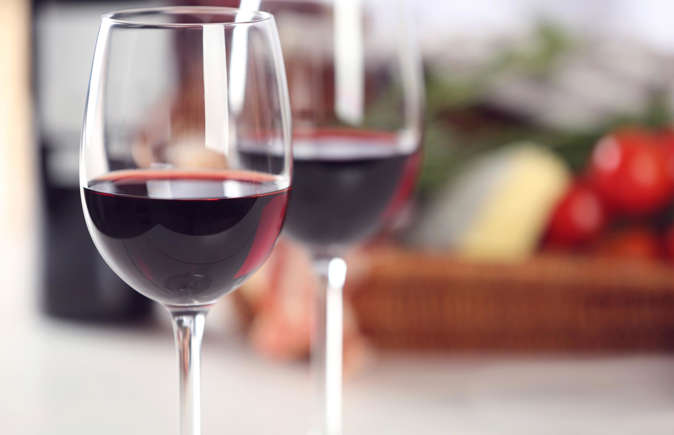
Cheerios
Cheerios are fortified with at least 15% of the recommended daily intake of nine vitamins and minerals per small bowl. Add 150ml milk and that goes up to over 40% of the daily recommendation for calcium specifically. A bowl also has close on 10% of your daily fiber, while the added sugar content is not too bad at 5g (about a teaspoon) per bowl.
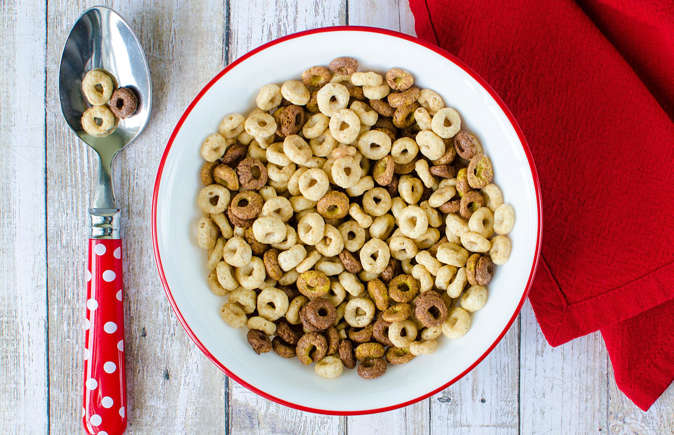
Baked beans
No need to feel guilty about making baked beans on toast for dinner when you can’t be bothered to cook. Half a can of Heinz Beanz counts as one of your five-a-day, provides 10g of protein (more than in a large boiled egg) and 7.7g of fiber – nearly a quarter of the recommended 30g per day.
Liking this? Click on the Follow button above for more great stories from loveFOOD
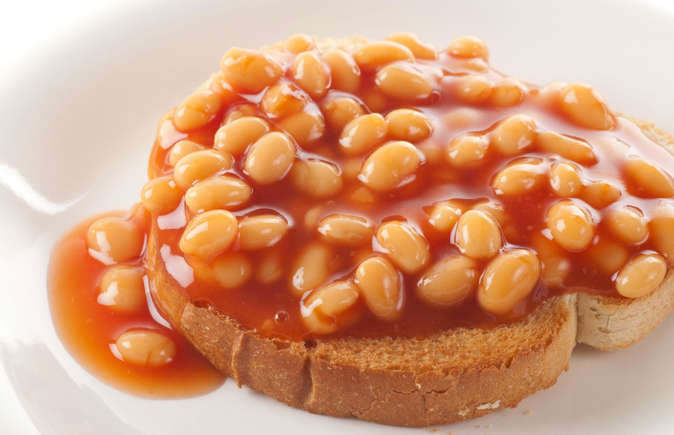
Ham
Ham may be a processed meat but it’s a lean source of protein with less than 5% fat. Look for a nitrite-free version, like Finnebrogue Naked Ham if you’d rather skip these chemicals linked with colon cancer. It’s worth noting that ‘no added nitrite’ does not always mean ‘nitrite-free’ as celery extracts with naturally high levels of nitrite are often added instead.
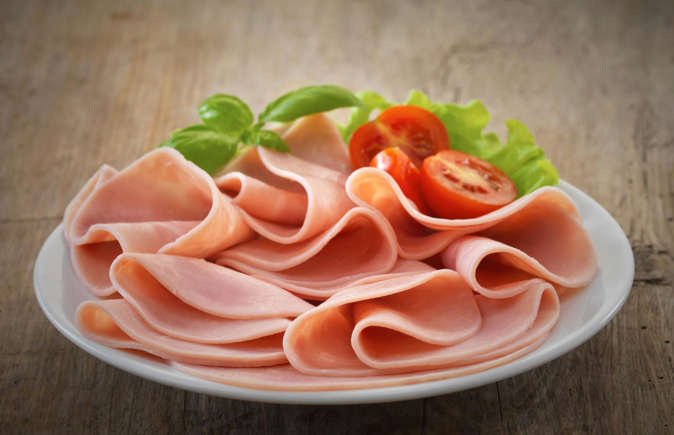
Peanut butter
How can a food that tastes so yummy be so good for you? A 30g (golf ball size) serving of peanut butter provides 1.5mg of vitamin E and nearly a quarter of the daily requirement of niacin, vital for energy release, a healthy nervous system and skin. It also provides 2g of fiber (not far off the 2.8g in an average slice of wholemeal bread) and a heart-healthy ratio of unsaturated fats to saturated fats.
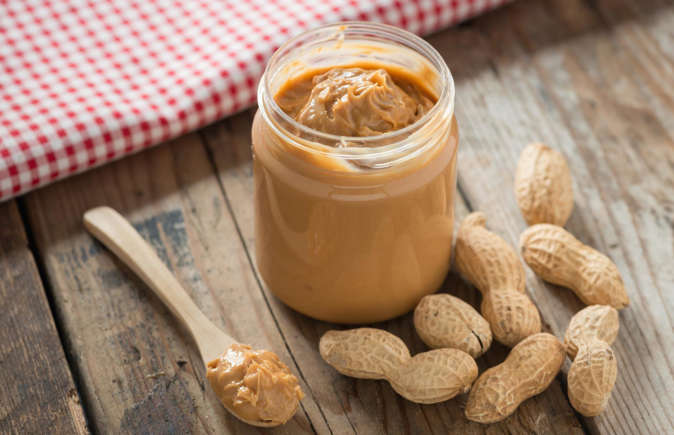
Coffee
Can’t function without your caffeine fix first thing in the morning? Well that’s OK, because drinking the brew dials down the risk of contracting endometrial and liver cancers and is associated with less fat around the middle. The amount associated with the biggest health benefits appears to be three-four cups a day (though pregnant women should stick to two coffees a day).
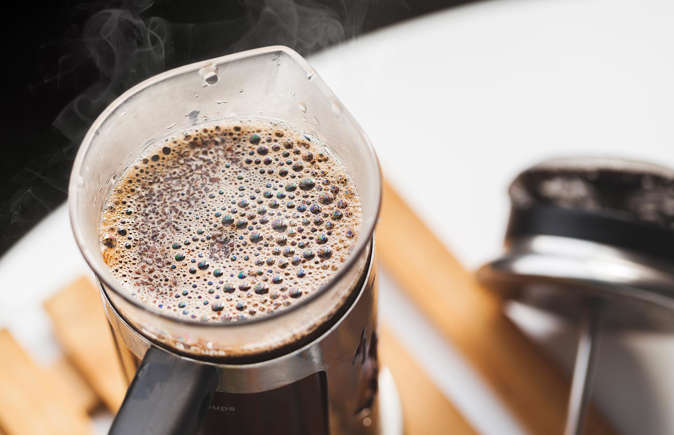
Pasta
The ‘carbs are bad’ message is so widespread you could be forgiven for not realizing that healthy eating guidelines from around the world universally recommend that starchy carbs, especially whole-grains, should be a key part of meals. However, portion size is vital – a serving the size of your balled fist is about right.
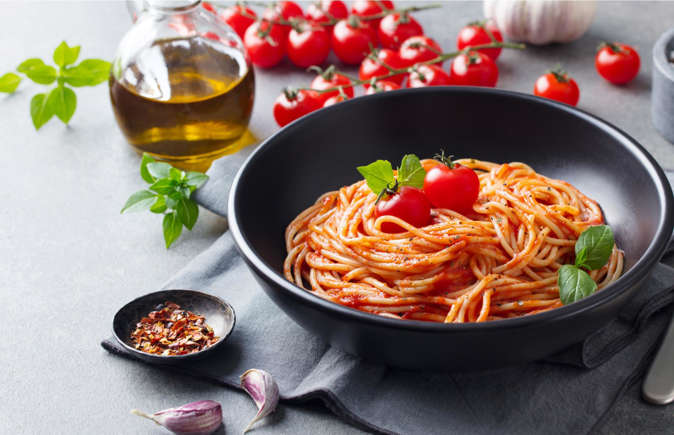
Pasta has a low glycemic index (GI)
Glycemic index or GI is the measure of how quickly a carb releases sugar into the bloodstream and both white pasta and whole-grain pasta score well at a GI of below 50. This means that a modest portion won’t cause unhealthy spikes in blood glucose or insulin. Choose whole-grain pasta for more fiber though.
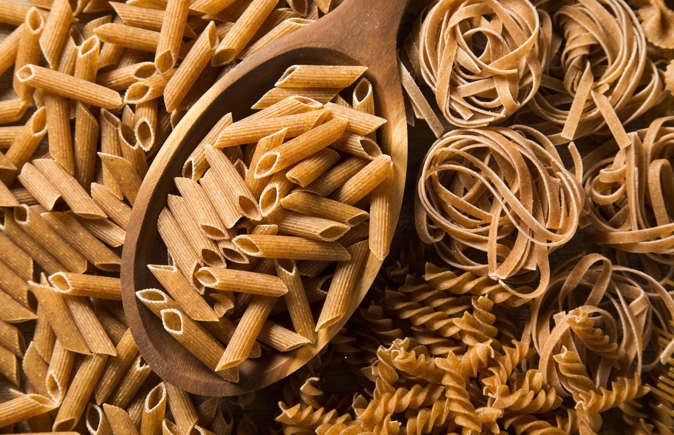
Milk chocolate is lower in calories
Square for square milk chocolate is also less likely to lead to weight gain than dark chocolate on account of having fewer calories overall. A 50g bar of Hershey’s Milk Chocolate has 275 calories; a 50g bar of Green & Black’s 85% cocoa chocolate has 304 calories.
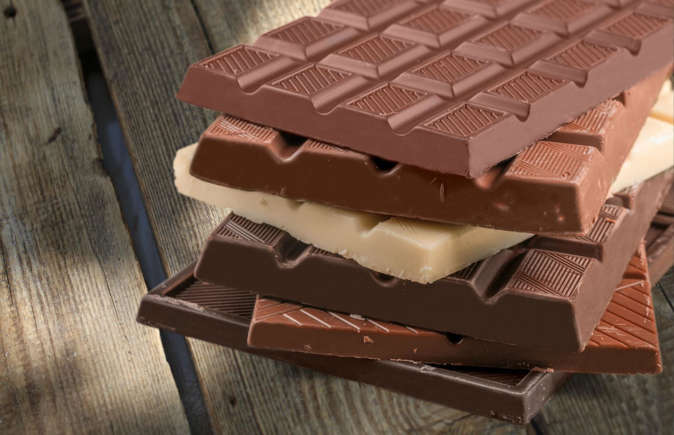
Fruit cake
There are enough currants and sultanas in a classic homemade fruit cake for a slice to count as one of your five-a-day. And those fruits also provide fatigue-fighting iron – about 10% of your recommended intake per slice.
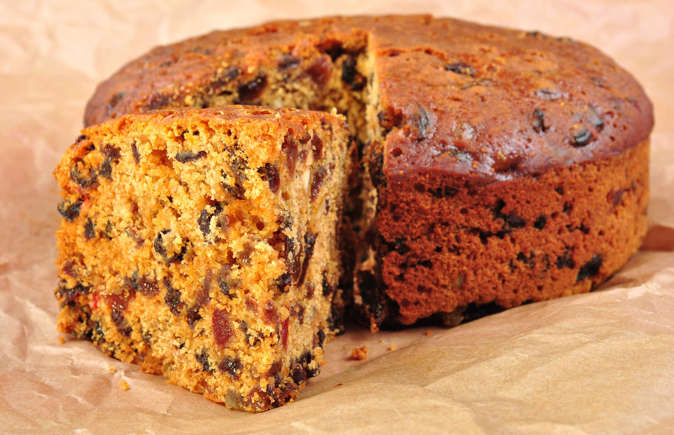
Fried eggs
You’ll get about 45 more calories from a fried egg than a poached egg. But eggs are rich in protein, B vitamins, vitamin D and selenium and frying doesn’t deplete any of that goodness. Just be sure to use an unsaturated oil like rapeseed or olive oil to fry with.
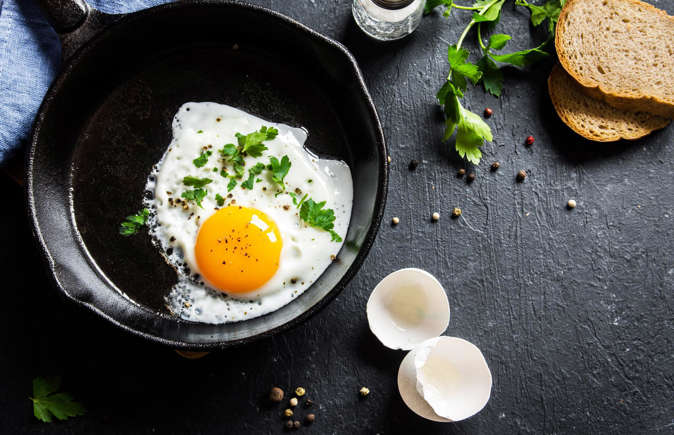
Red meat
When you’ve trimmed off all the visible fat, lean unprocessed red meats like beef and lamb can be really healthy. “Red meat provides easily absorbed iron and plenty of zinc, which we need for a healthy reproductive system and brain function,” says registered dietitian Priya Tew. To minimize colon cancer risk, have no more than 300-500g of cooked red meat a week.
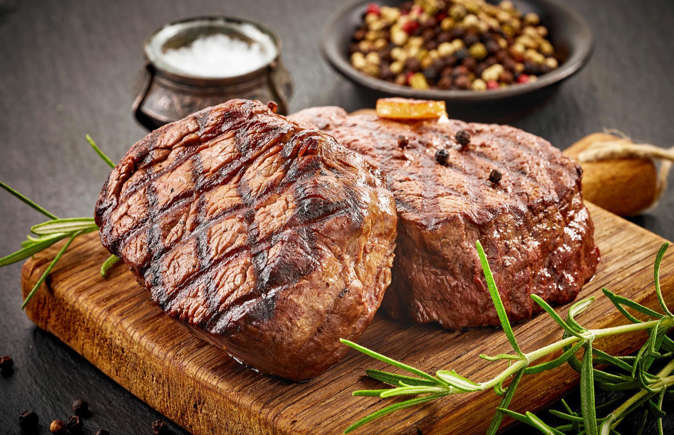
Tomato soup
No need to let the salt and sugar warnings put you off: a bowl of cream of tomato is very rich in lycopene – a red pigment linked to lower stroke risk in men. It’s officially low in sugar at less than 5% and has a quarter of the recommended daily salt limit in a 300g bowl.
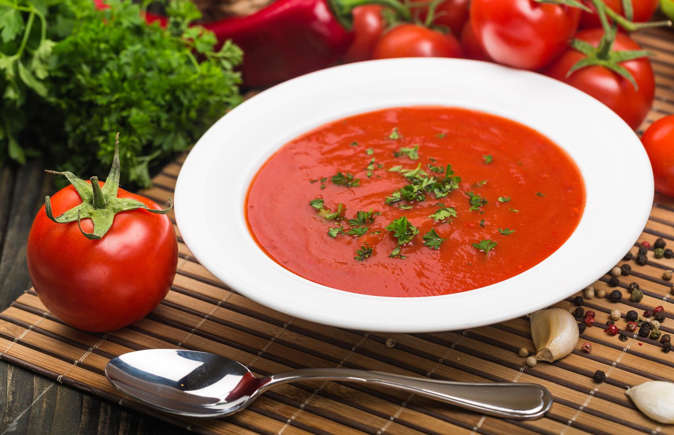
Tomato soup
Cheese
Cheese is fattening, right? In theory yes, but in practice studies show different – cheese fans seem to be slimmer and don’t have higher cholesterol despite eating more saturated fat. One theory is that cheese boosts gut-friendly bacteria that produce a compound called butyrate, which in turn improves metabolism.
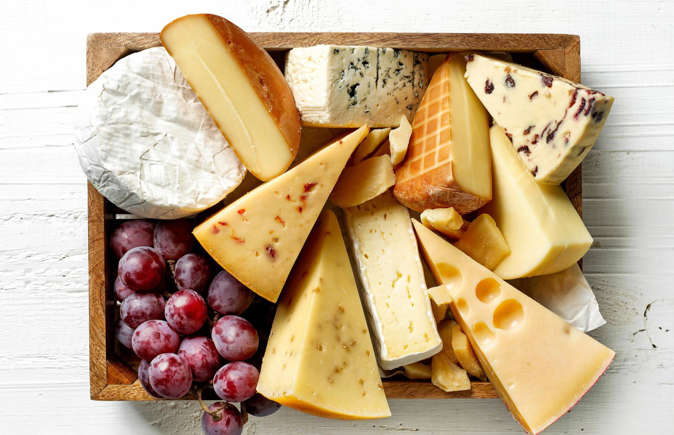
Chips
Who knew that a 25g bag of potato chips (132 calories) provides more potassium than an average banana and 40% more vitamin C than a small bunch of red grapes? These days, most chips are also fried in sunflower or rapeseed oil, high in unsaturated fat, so won’t raise your blood cholesterol. One multipack bag of Walkers Ready Salted supplies just 6% of your daily recommended salt limit. In the USA, the same amount of Lay’s Classic (25g of Lay’s is about 18 chips) has a third more salt and twice as much saturated fat, but the other goodness still applies if you keep the portion controlled.
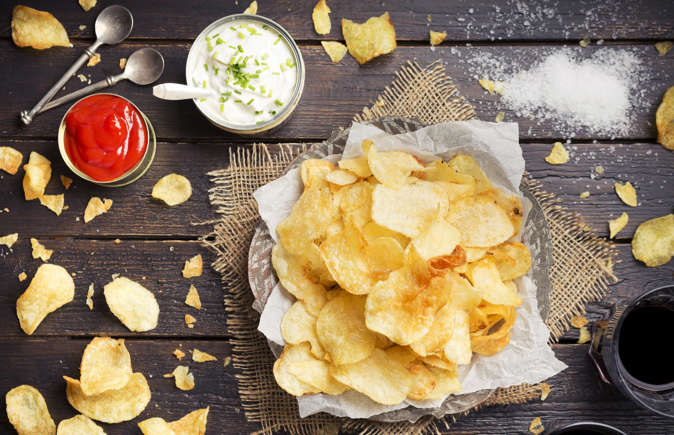
Popcorn©virtu studio/Shutterstock
Popcorn is a whole-grain and only becomes unhealthy when it has lots of fat, sugar and/or salt added or you munch your way through a whole bucket load. Choose individual size bags to make portion control easier where you can. A 28g serving of Angie’s BOOMCHICKAPOP Sea Salt Popcorn has 150 calories but 2g fiber.
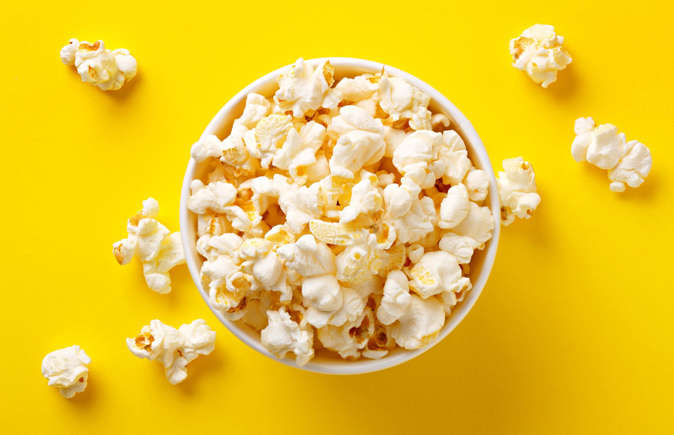
Oven fries
Oven fries made with purely potatoes and sunflower oil are no more ‘processed’ than homemade roast potatoes or mash. An average 150g baked serving supplies 1.37mg of the 3-4mg vitamin E we need daily for a healthy immune system. This size portion also supplies 5.3g fiber, similar to the amount in two slices of wholemeal bread.
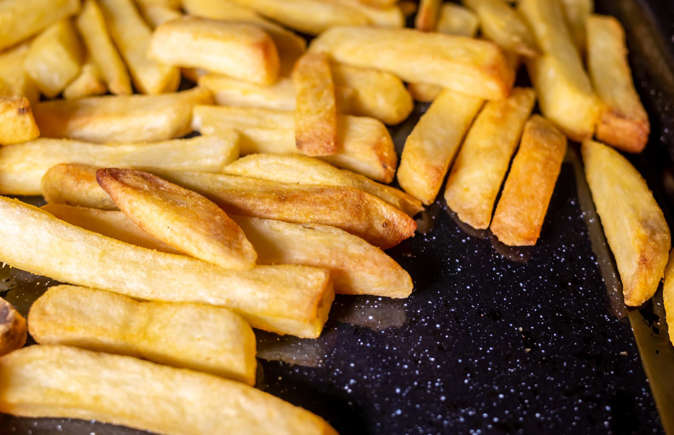
Lower calorie cheeses
We think you should eat the cheeses you like best, but for the record, those that are naturally a little lower in calories include Camembert (114kcal/40g) feta (100kcal/40g) and fresh mozzarella (103kcal/40g). That compares with166kcal in Cheddar (also a 40g portion).
Now take a look at these best-ever healthy cooking hacks
Liked this? Click on the Follow button above for more great stories from loveFOOD
